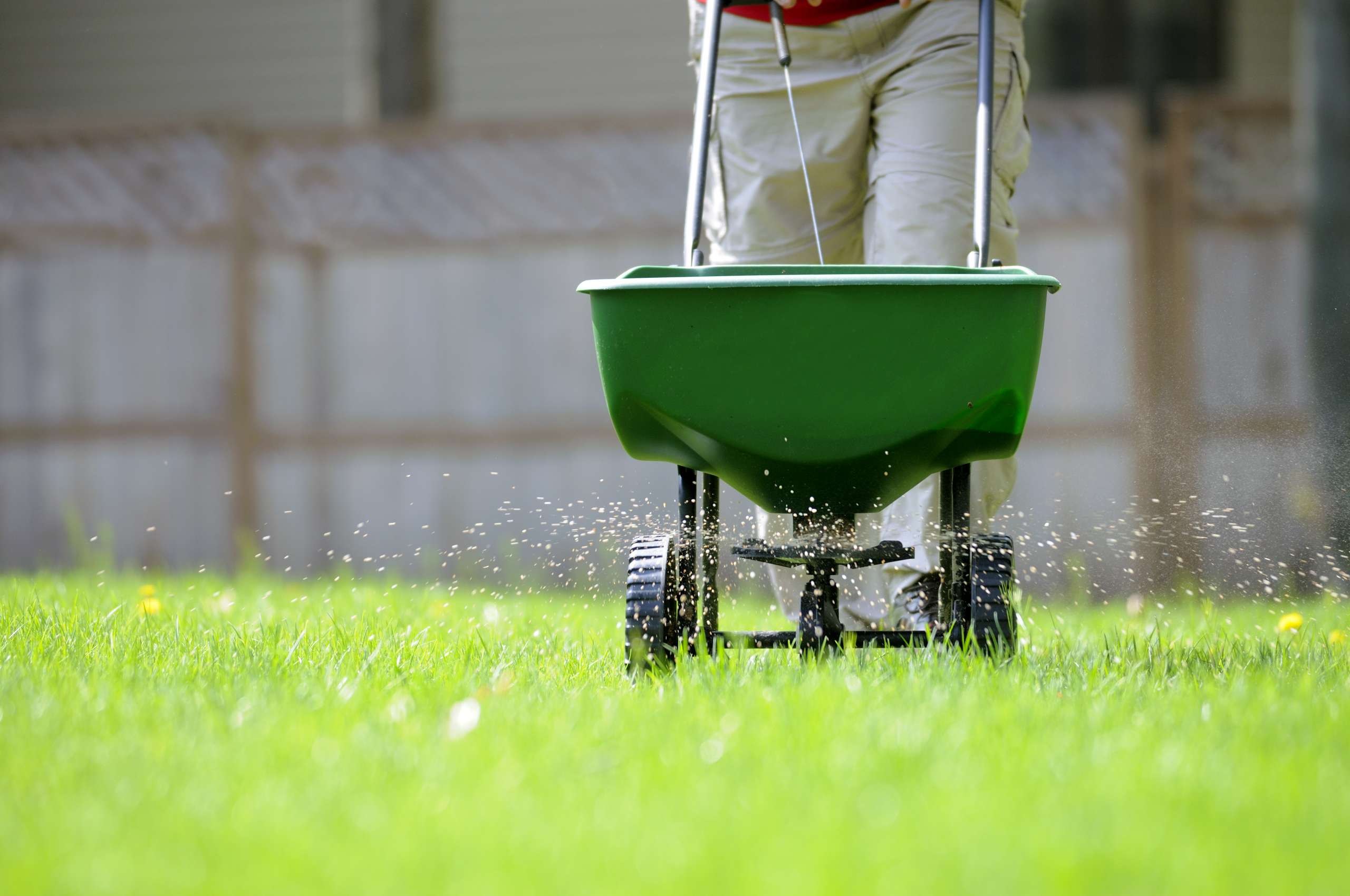The Facts About Fertilizer and Weed Control: What You Need to Know
If you’re a homeowner, you likely know that fertilizing your lawn is important — but how important is it exactly? We’ll answer common questions we get about fertilizing and arm you with the knowledge you need to achieve a healthy, lush lawn.
Essentially, fertilizer is a nutrient boost for your lawn, making it an important step in your lawn care routine. Active turf burns through a lot of energy, so it’s essential to replace the nutrients lost. Fertilizer promotes new leaf and root growth, increases thickness, and oftentimes, gives grass its deep green tone. It can be difficult to achieve a beautiful lawn without it. Once you add fertilizer into your lawn maintenance routine, you’ll easily be able to see the difference.
Weed control will help you whip your lawn into shape and works in conjunction with the fertilizer.
Once the weeds are under control and your lawn is looking good you can cut back on the weed control as a healthy and thick grass will choke out many of the weeds
Before You Start
Before you apply fertilizer, consider these tips:
- Choose the right type of fertilizer for your lawn, whether that’s liquid or granular. The benefit to using liquid is that it encourages faster growth, but the downside is that it’s more expensive. The advantage of granular fertilizer is that it has a longer-lasting effect. It may take some trial and error to figure out which type is best for your lawn, but remember, applying any type of fertilizer is better than not. If you’d rather know which type will work best beforehand, you can get your soil tested, then match the fertilizer with your soil type.
- Applying excess quick-release nitrogen fertilizer can “burn” your lawn and result in dead patches. Prevent that from happening by making sure the fertilizer contains a slow-release nitrogen. You also want to use a spreader and fill it on concrete instead of the grass to avoid spills, which can also result in burning.
- Apply fertilizer at the right time. Check the weather beforehand to avoid applying it ahead of a heavy rainfall. The rain can wash away the fertilizer before it has time to sink in, minimizing your efforts when you’d rather maximize them.
The Ideal Fertilizing Plan
The easiest way to tackle fertilizing yourself is to follow general Midwest guidelines. Across the board, those guidelines will tell you to fertilize once in early spring, late spring, summer, and fall. If you forget to apply it in the spring, your lawn will still benefit from summer and fall applications. It won’t be too late to nourish your lawn back to health.
If you hire Capital Landscaping to take care of your fertilizing needs instead of doing it yourself, the schedule will be customized to your specific yard. Our applicators are state-certified and will apply different fertilizers based on what you lawn needs. We’ll also recognize when your lawn might need a more targeted treatment, like grub control or weed control targeted towards specific weeds.
If you’d like more information on our services, get in contact with us by phone or by filling out our contact form. We’ll take the guesswork out of fertilizing and design a comprehensive plan for your lawn. You can achieve the best grass on the block with the help of Capital Landscaping.

